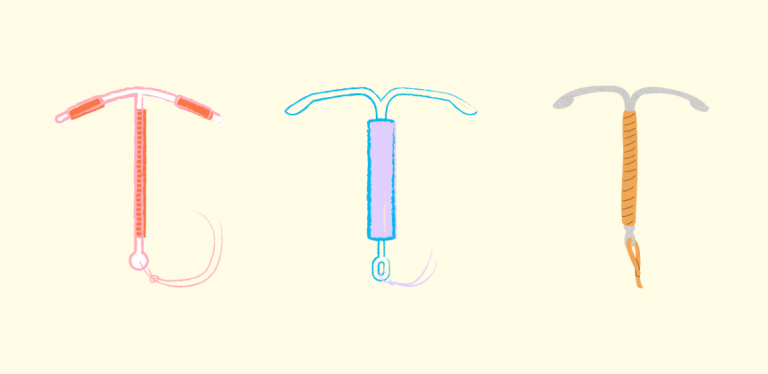IUD Benefits to Consider
IUDs are a popular birth control option for many women. In this article we look at seven IUD benefits and discuss the different options currently available.
1. Preventing Pregnancy
IUDs are over 99% effective when it comes to preventing pregnancy. For people who don’t want an unexpected pregnancy, that is much more effective than the pill, which is 99% effective only when taken properly. The pill must be taken at the same time each day, which might be difficult for some people. IUDs, however, just need to be inserted and then they automatically do their job.
2. Out of Sight, Out of Mind
Unlike prescriptions that need to be refilled every month, IUDs only need to be inserted once and then they are good for 3 to 10 years (depending on what type you get). They are incredibly convenient; all the user needs to do is check the strings to make sure it is still placed properly and call their doctor if they think it isn’t. Not having to think about taking a pill every day or buying new condoms when you are running low makes things easier and less stressful when it comes to your sexual and reproductive health.
3. No More Periods
One of the side effects of using an IUD is the potential to stop menstruating. While this can be startling at first, it is completely normal. It’s common for hormonal IUDs to completely stop periods or lessen the flow. For many people, this is a welcome change. Other side effects related to periods include less severe cramps and minimal bloating.
4. Non-Hormonal Options
Many people don’t want to be on hormonal birth control for several reasons. Luckily, there are non-hormonal IUDs as well. Paragard is a copper IUD that works in a similar way and is a great alternative to hormonal birth control options. However, you should confirm with your doctor that you don’t have a copper allergy before moving forward with this option.
5. Emergency Contraception
Another bonus use of copper IUDs is that they can act as a method of emergency contraception. Having one inserted within five days of having unprotected sex is 99% effective at stopping an unwanted pregnancy. This is a great option for those who cannot access Plan B, and then they can be left in afterwards as well for future protection.
Related Search Topics (Ads)
6. Cost Effective
Being on the pill means paying for a prescription every month. This adds up, especially if your insurance doesn’t cover the cost, and even more so if you have to pay for a doctor’s appointment. While IUDs can have a big up-front cost, they are more cost effective over time. You pay only once and then enjoy the benefits over the next few years. Some options are covered by insurance, and there are social service programs that can also help people access cheaper options.
7. Easily Reversible
If you decide you are ready for children, you can easily get your IUD removed. Once you book an appointment and it is taken out, your body will be fertile again. You don’t have to worry about infertility, as there is no waiting period; once it is out of your uterus, you can start trying to get pregnant.
Types of IUDs
As we mentioned previously, there are hormonal and copper IUDs. Both options prevent pregnancy, but there are some differences when it comes to how long they can be used for. Talk to your doctor or healthcare professional about what option would be best for you.
Hormonal IUDs
- Mirena can be used for up to five years and is a popular option for people who have already given birth.
- Kyleena can be used for up to five years and has lower hormone levels than other options.
- Skyla can be used for up to three years and is smaller than other options, which makes it easier to insert.
- Liletta can be used for up to six years and can be used whether or not you have given birth.
Copper IUD
- Paragard can be used for up to 10 years and is the only non-hormonal IUD currently on the market.
Side Effects of IUDs
While there are many benefits to using an IUD, there are side effects users should be aware of too. Many are like the side effects experienced with other types of birth control.
- Inconsistent bleeding and/or irregular periods.
- Acne.
- Breast tenderness.
- Pelvic pain and/or cramps.
- Perforation. This happens if your IUD moves and pokes through your uterus or cervix.
If you are experience negative side effects or think there is an issue with your IUD’s placement, speak to your doctor or a healthcare professional.

